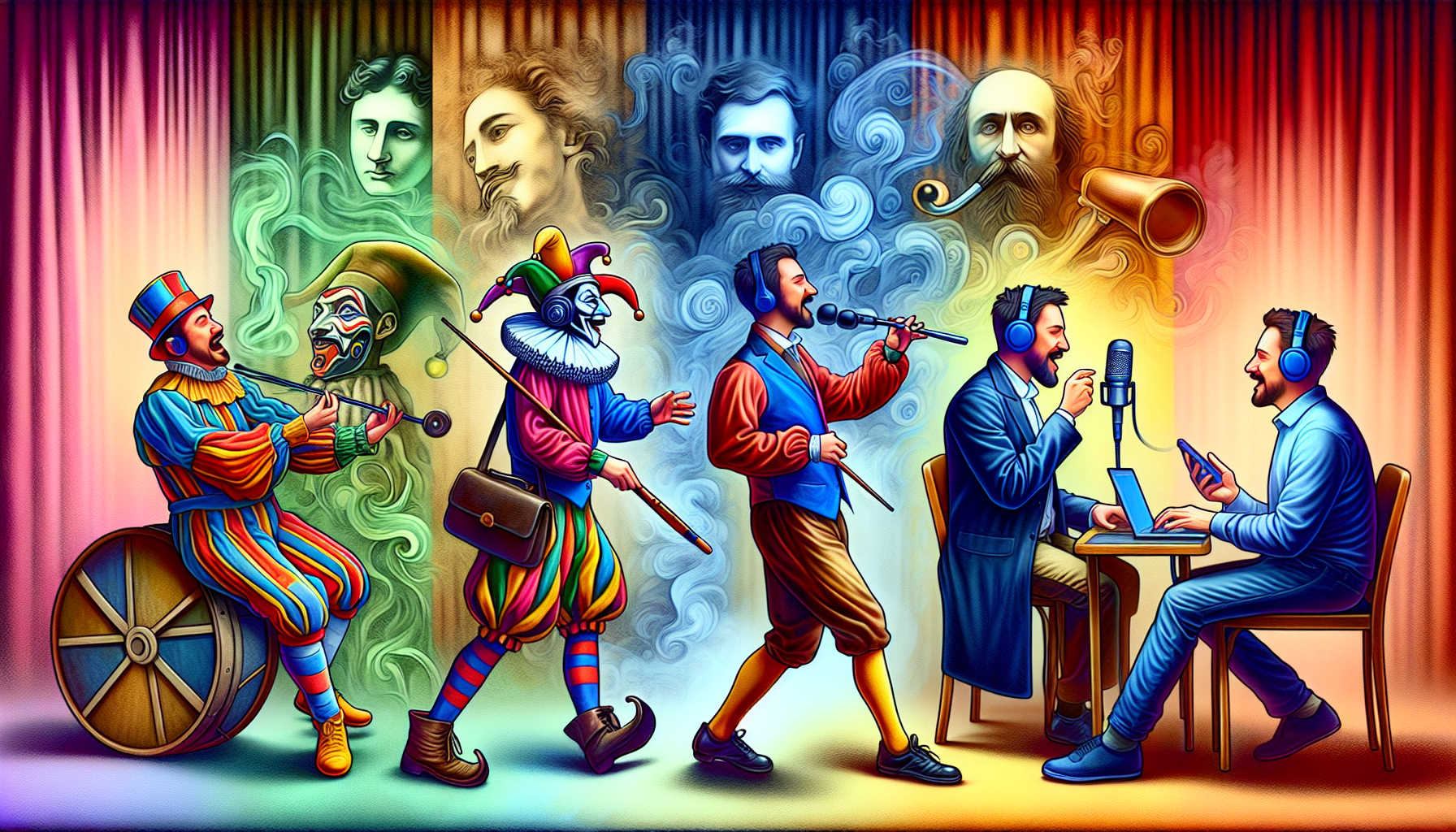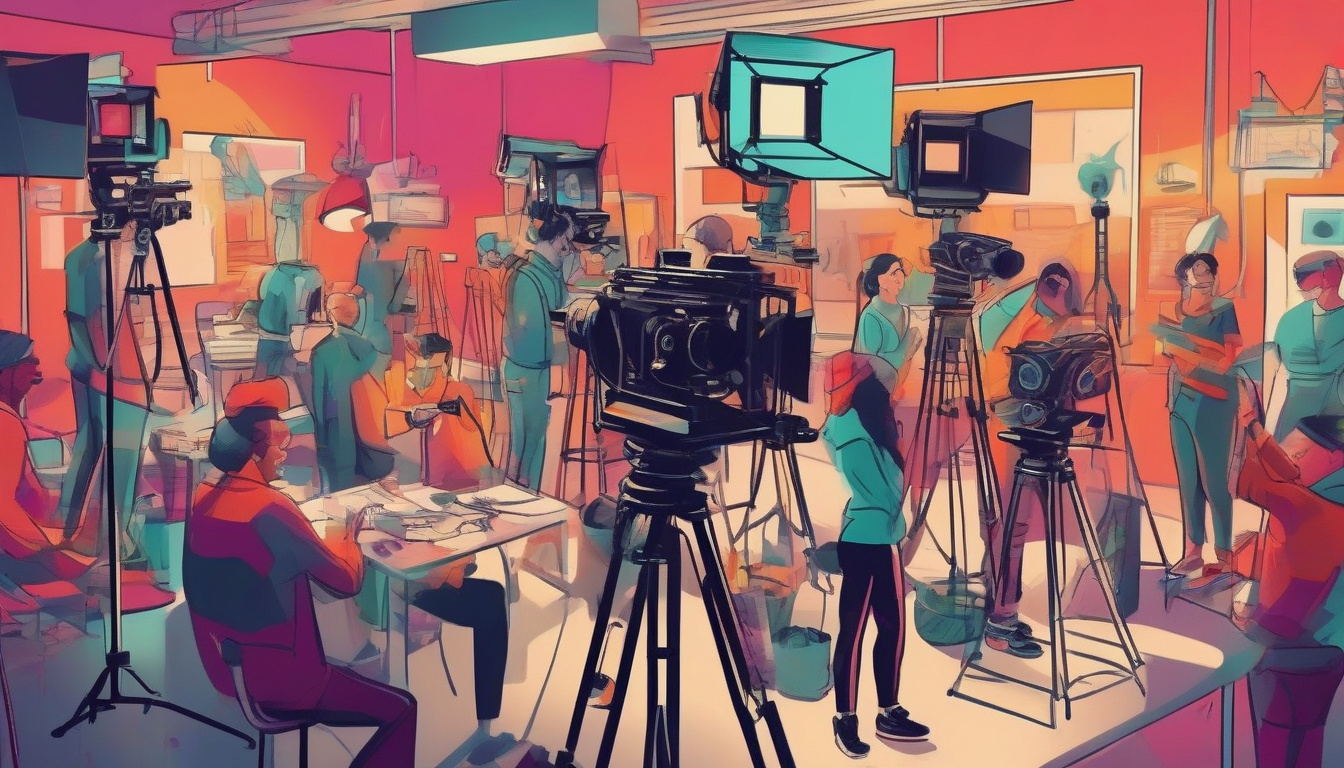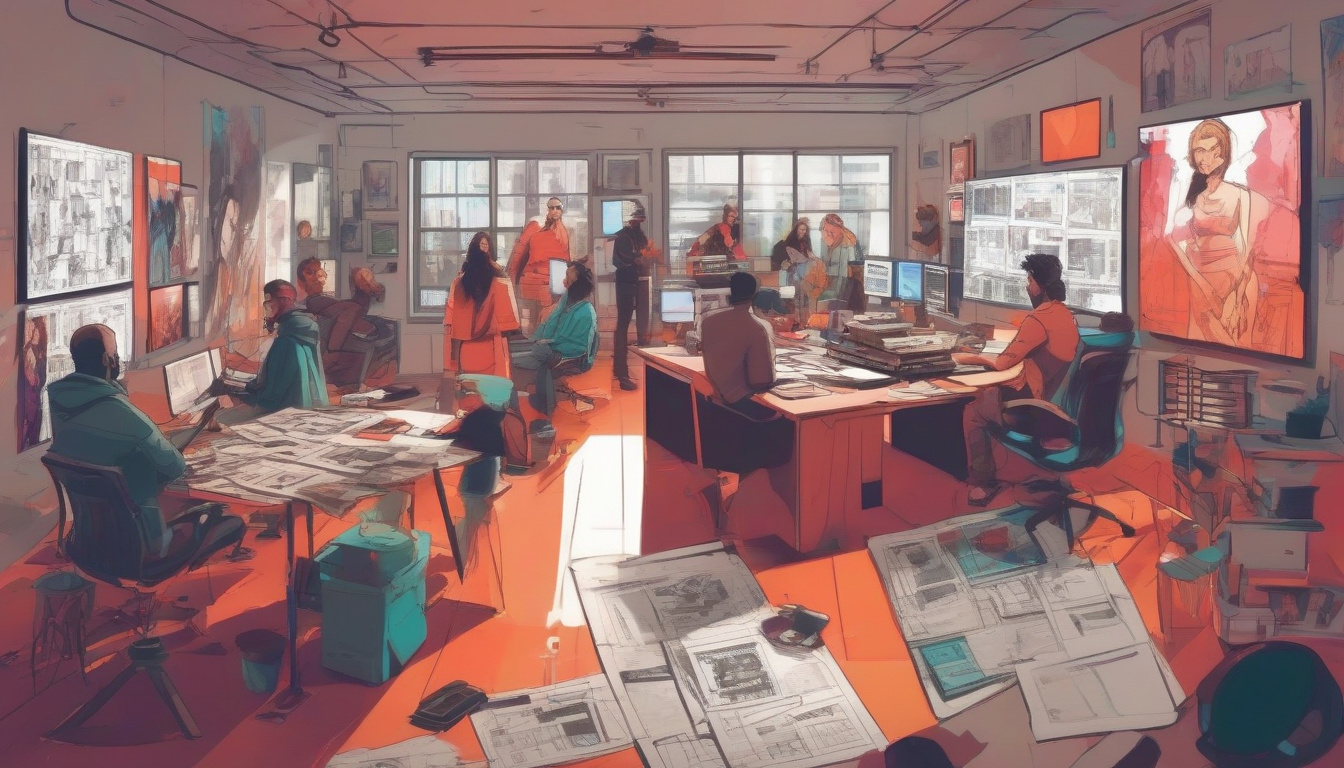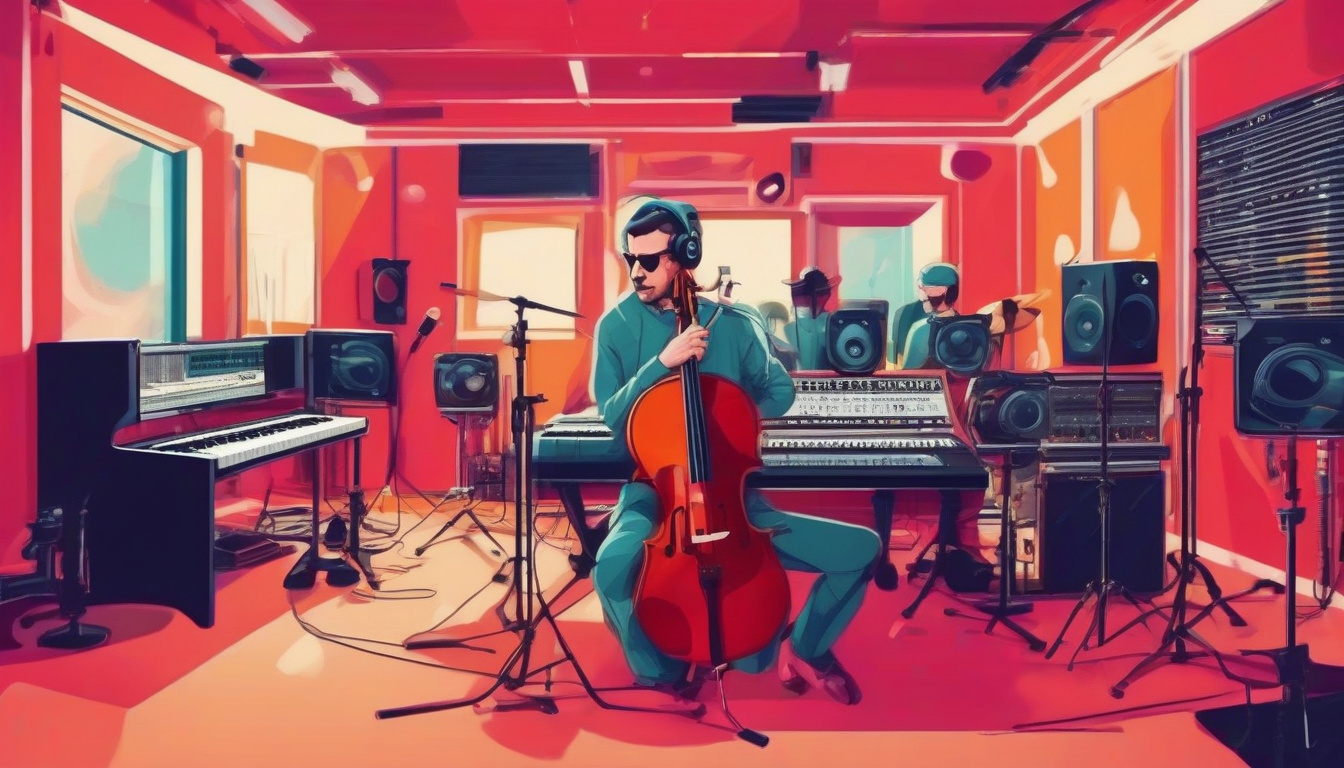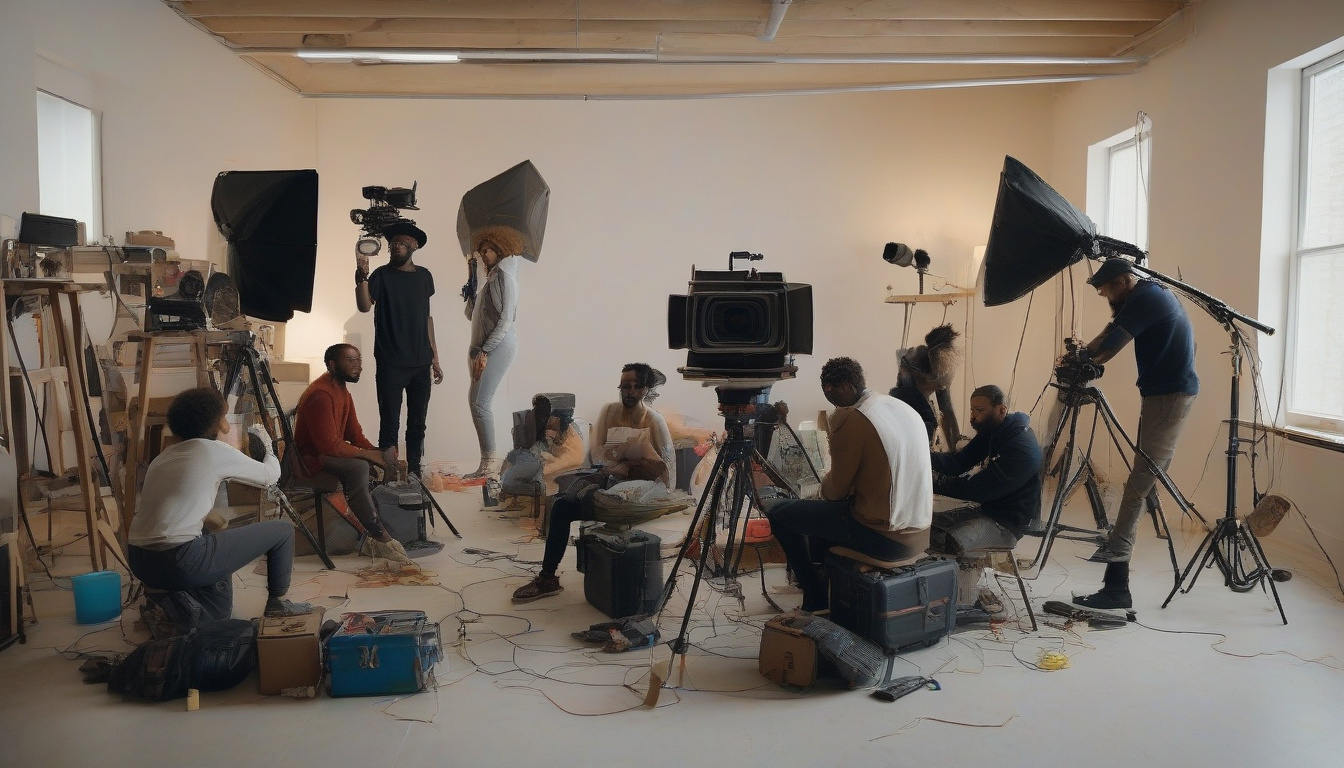Reinventing Laughter: The Transformation of Comedy Tropes
Comedy, as an enduring and beloved genre, has seen its fair share of evolution over the years. Essential to our human experience, it reflects societal changes, challenges norms, and highlights the absurdities of everyday life. From slapstick to satire, comedy tropes have been essential in scripting humor across mediums. However, with changing times, these tropes are undergoing a transformation, reinventing laughter for a modern audience.
The Shift from Physical to Intellectual
Traditionally, physical comedy and slapstick were the cornerstones of humor. The exaggerated falls, the pie-in-the-face moments, and the clumsy antics of characters created a universal language of laughter. However, contemporary comedy has increasingly shifted towards a more intellectual and situational humor. This change reflects a shift in audience preferences toward wit, irony, and cleverly crafted dialogues that speak to more complex social and personal issues, moving beyond the simplicity of physical comedy to engage with audiences on a deeper level.
Parody and Satire in the Digital Age
In the era of fast information and digital platforms, parody and satire have found a fertile ground for growth. The accessibility of technology allows for rapid creation and dissemination of content that pokes fun at popular culture, politics, and societal norms. This evolution is not only transforming the nature of comedy tropes but also the way they are consumed. Memes, social media, and digital shorts have become the new face of satire, engaging audiences with humor that is instant, shareable, and often reflective of current events, highlighting the adaptive nature of comedy to new technologies and platforms.
Diversity and Representation
One of the most significant transformations in comedy tropes is the push towards diversity and representation. Historically, mainstream comedy often catered to a narrow demographic, with humor that was not inclusive of various cultures, genders, or sexual orientations. Today, there is a growing effort to include diverse voices and perspectives in comedy, which has not only expanded the genre’s appeal but also enriched its content. By challenging stereotypes and embracing the stories of underrepresented groups, comedy is becoming a powerful tool for social commentary and change.
Challenging Traditional Structures
Moreover, the structure of comedy itself is being reinvented. The traditional setup-punchline format is being deconstructed in favor of more nuanced and layered storytelling. Shows and stand-up specials that blend comedy with elements of drama, known as dramedy, offer audiences a more complex viewing experience that can elicit both laughter and tears. This blurring of genre boundaries showcases the versatility of comedy as a form of art, capable of evolving and adapting to tell stories in fresh and innovative ways.
As comedy continues to transform, so do the tropes that have historically defined it. This reinvention is a testament to the genre’s resilience and its capacity to reflect and adapt to the complexities of the human experience. By challenging convention and embracing change, comedy remains a vital source of laughter and insight in an ever-evolving world.

